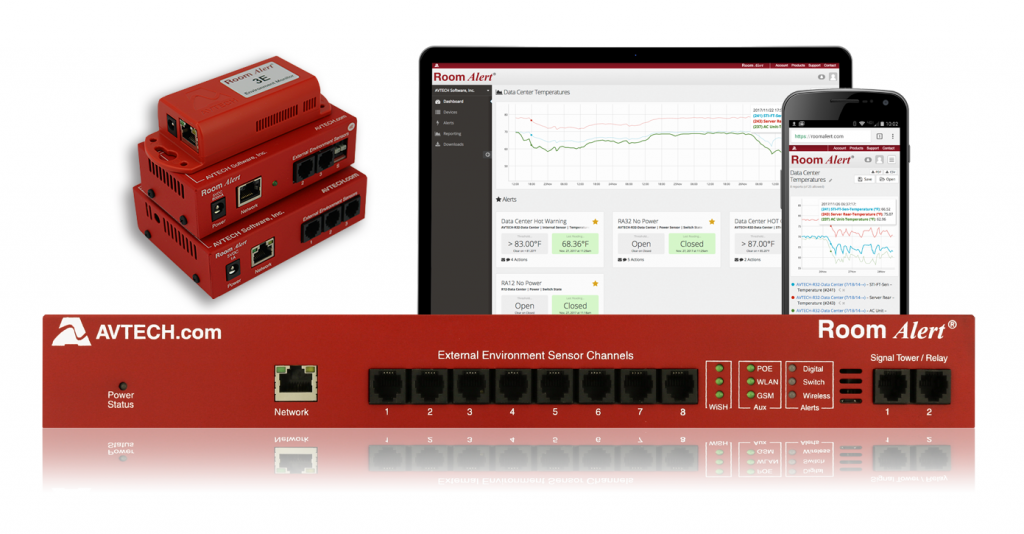
Knowledge Base / News
Recent news from the NOAA about rainfall and coastal tide changes has shown the importance of water leak / flood monitoring to help protect against water leak damage. Nearly every building has smoke and fire alarms to protect against fire and smoke damages, however many buildings don’t also install proactive water leak detection. Based on recent weather trends, it is vital to help protect your building, facility, and assets against water damage caused by storms and more.
The previous 12 months have been the wettest on record, breaking previous records for precipitation. As the linked article from the NOAA notes, the record for precipitation for the last year has hit an all-time high for the third consecutive time.
Heavy rain can impact your business and facility in a wide number of ways. Damaged roof shingles can cause a water leak in your attic or upper floors; in many instances these leaks go undetected until it’s too late since many attics are used as storage areas and are unmanned. Likewise, foundation cracks can lead to leaks in your basement or lower levels. Just as with attics, these areas are often overlooked when it comes to walkthroughs and damage can be significant if the water isn’t detected in a timely manner.
Sewer and drainage pipes may become overwhelmed with the influx of heavy rain, causing backups and flooding into your building. When this happens, getting an instant alert to the presence of water in your facility can mean the difference between a quick cleanup, and needing to shut your business down for remediation and getting your insurance company involved.
The risk of internal flooding and water damage is just as high and is present year-round. Burst pipes, broken toilets and construction accidents can quickly introduce water into your facility. If a leak happens in a server room or storage warehouse, the damage could be catastrophic.

Another recent NOAA report noted they have identified more than 40 locations where coastal flooding is increasing, causing several issues that will impact facilities located near the coast.
Relative sea level increases are contributing to flooding concerns, as it no longer takes a hurricane or strong storm to cause higher water levels that impact commercial and residential areas.
Coastal flooding also impacts sewer and drainage systems that serve areas that aren’t located near the coast. When these systems are flooded with water, they don’t allow other areas to drain properly. As a result, water-logged streets, basements, and lower levels in buildings will become far more commonplace.
The weather pattern and climate changes that are impacting coastal regions have a far greater reach than just the East and West Coast. Temperatures are gradually rising, leading to extended heat waves that tax infrastructure and cause power outages. When HVAC goes down, temperatures and humidity spike, leading to conditions that cause server and hard drive failure along with mold growth.
Record-high temperatures in California and Alaska have already been broken this year, and experts predict those records won’t stand for very long. When temperatures reach record highs, your facility has a much smaller window to failure, as critical equipment and areas will overheat far more quickly. This leaves you with precious little time to react and put preventative measures in place to protect your assets as best as you can.

When the weather causes environment factors to reach dangerous levels, the easiest and best way to protect your facility is to install proactive environment monitoring before extreme weather hits. Room Alert monitors, sensors and software help monitor factors such as temperature, humidity, flood, power, smoke and more to help alert you the moment an environment factor starts to reach critical levels.
The Room Alert ecosystem is designed to be fully customizable, giving each organization the ability to mix and match sensors to fit their exact monitoring needs. Every facility will have different monitoring criteria based on their size and location, and with monitors starting at under $200, there’s a Room Alert solution for every situation.
By installing proactive environment monitoring and creating alerts based on the critical factors that could impact you the most, your organization will be able to quickly respond to nearly any factor that could case downtime and revenue loss. In the rare instances of an overwhelming event, such as a hurricane or blizzard, you will have a baseline of when factors began to impact your server room, data center, freezer, warehouse or any other critical facility, and allowing you to recover much faster.
With precipitation, water levels and temperature all on the rise, the question isn’t if your organization can afford installing Room Alert proactive environment monitoring… it’s if you can afford NOT to.

You may find Windows Command Prompt at the following path:
To run Windows Command Prompt as an administrator:
| Current S models | Current E models |
|---|---|
| Room Alert 32S | Room Alert 32E |
| Room Alert 12S | Room Alert 12E |
| Room Alert 3S | Room Alert 4E |
| Room Alert 3E | |
| S models | E & W models |
|---|---|
| Room Alert 32S | Room Alert 32E |
| Room Alert 12S | Room Alert 12E |
| Room Alert 3S | Room Alert 4E |
| Room Alert 3E | |
| Room Alert 3W |
| Model |
|---|
| Room Alert MAX |
| Room Alert 32S |
| Room Alert 12S |
| Room Alert 3S |
| Room Alert 32E/W |
| Room Alert 12E |
| Room Alert 4E |
| Room Alert 3E |
| Room Alert 3 Wi-Fi |